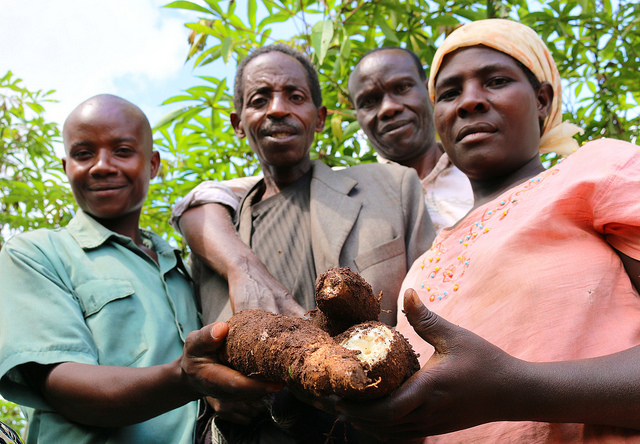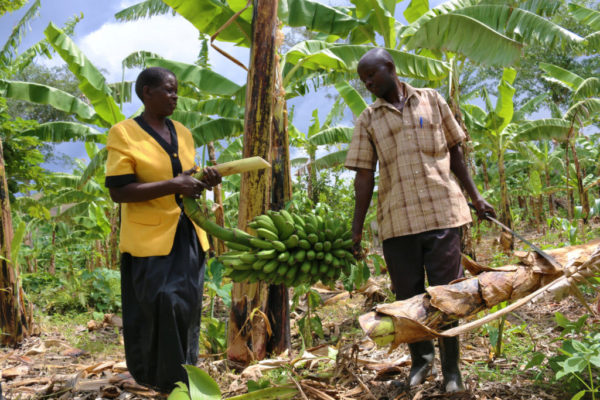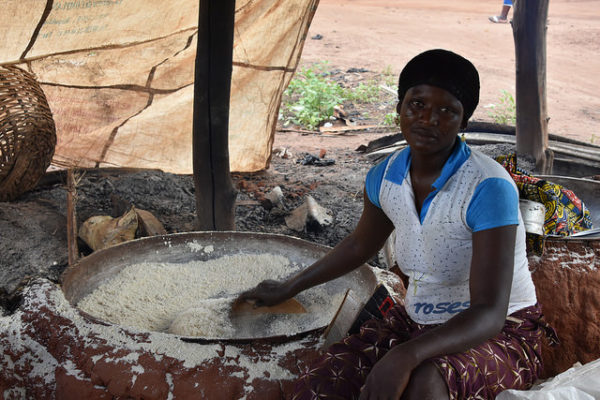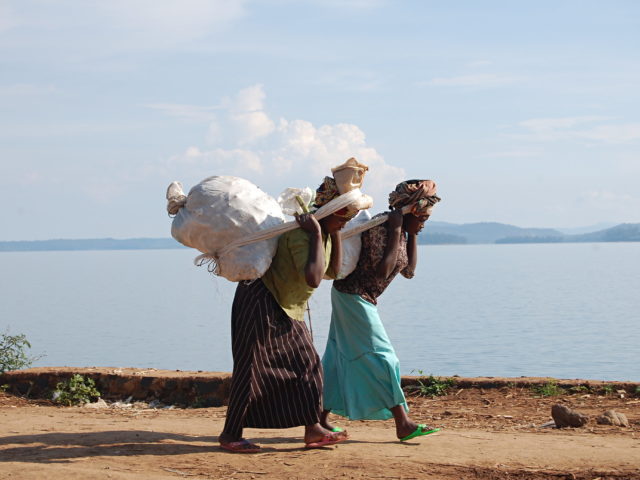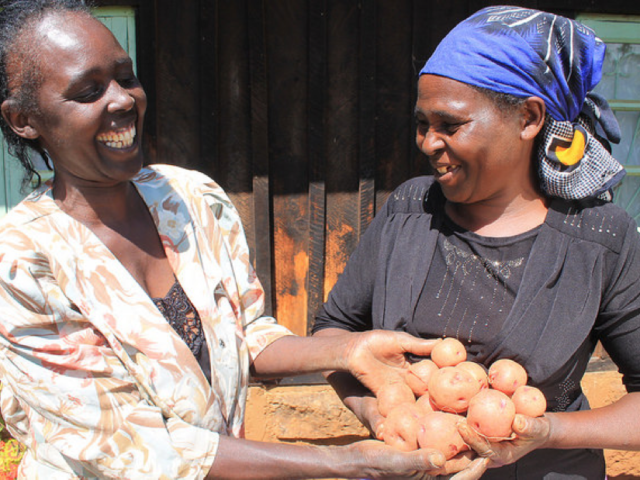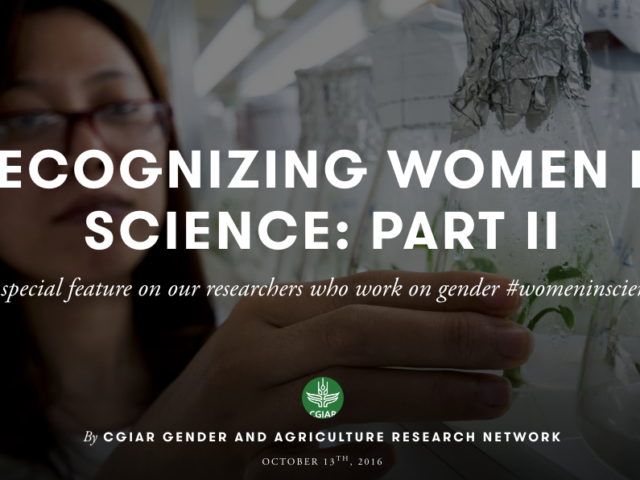March 8 marks International Women’s Day, this year with the theme ‘Time is Now: Rural and urban activists transforming women’s lives’. Gender research is a core part of the CGIAR Research Program on Roots, Tubers and Bananas (RTB), and in the following Q&A, Graham Thiele, RTB Program Director, shares his thoughts on gender research within both the program and CGIAR.
This Q&A is part of a broader campaign by the CGIAR Collaborative Platform for Gender Research.
What is the value of the gender research currently done in CGIAR?
We do a lot of outstanding integrated gender research in CGIAR. Researchers of all disciplines are taking gender more seriously. Sometimes though our gender research is rather dispersed and responds to a local context but fails to build momentum for broader change. There is something of a translational gap between disciplines – whilst biological researchers want to make a difference in the lives of both men and women, they often lack the specific tools and approaches to take forward their good intentions. We can only cross this gap when gender researchers and biological researchers work together in the same team. For example, close coordination between RTB social scientists and banana breeders is producing a dictionary and ontology of banana traits, such as shape and texture, which are being combined with a Participatory variety selection (PVS) method to understand how men and women value these traits. This information will be used by breeders to ensure that improved banana varieties include traits that will benefit both women and men. These resources will be available in the Community of Practice in Ontology under the CGIAR Platform for Big Data in Agriculture, for use in banana breeding databases.
How does that gender research fit in the body of knowledge that the CGIAR Research Program on Roots, Tubers and Bananas is developing?
One area where we have progressed in the past 12 months in improving the fit of gender with our broader body of knowledge is through the CGIAR Gender and Breeding Initiative (GBI), which is coordinated by RTB and the International Potato Center. There is a big push in CGIAR to have better structured plant and animal breeding programs with well-defined descriptions of the varietal traits to be produced, and which respond to a clear demand. Gender differences often play a major role in shaping that demand. In GBI we are identifying a set of critical decision points in the breeding cycle where gender must be considered. One key part of this will be to ensure that gender differences are considered from the outset of the breeding cycle, and GBI is working on tools to capture this. This requires breeders, gender specialists and other scientists to work together in a highly interactive way to overcome the translational gap I mentioned. RTB is taking this idea forward in its different breeding programs. For example, in Nigeria gari is a major cassava food product and it is mostly women who do the processing. RTB is assessing improved and farm varieties of cassava in Nigeria together with male and female producers and processors to understand their different priorities with regards to food quality in gari production. This will enable breeders to target specific cassava traits that respond to these differences.
How do you see the gender-integrated, gender-specific as well as any other CRP research contributing to the IWD’s theme of this year?
We believe that integrated gender research can be transformative. Supporting the generation of appropriate innovations that really consider gender can be empowering. The trick is how this may also engage with strategic gender research. This looks at the broader picture around norms and agency while relating it directly with the practical implications for breeding and may be the more natural entry point for the rural and urban activists who can potentially draw on findings from our research. So, we need to do a great job in communicating what we have found so that others can make use of it for advocacy.
What is the key opportunity for gender research to achieve more impact?
Plant and animal breeding lies at the heart of much of what CGIAR does. So, if we can find more ways to truly integrate gender into breeding, in ways that make a difference, the impact can be huge.
